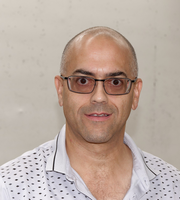Designing a Muon Telescope to Explore the Great Pyramid of Giza
UVA research scientist, Dr. Ralf Ehrlich, at the April Meeting of the American Physical Society (APS) in Minneapolis, presented plans to search for hidden structures of the Great Pyramid of Khufu using cosmic-ray muons. Dr. Ehrlich, along with Dr. Alan Bross of Fermilab who leads the project, were interviewed for an article published by the APS in the June edition of their APSNews journal.
A link to the article can be found here: https://www.aps.org/publications/apsnews/202306/muon.cfm
Ehrlich, along with Prof. Craig Dukes and technician Eric Fernandez, have designed the detector that would be used to perform the search. The detector concept is “based on the design of the Cosmic Ray Veto detector that is being fabricated at UVA for the Mu2e experiment at Fermilab”, according to Ehrlich, who noted that the title of the APS article, which states that the detector was developed at Fermilab is not quite true. Ehrlich has been leading the simulation effort needed to determine the detector parameters and expected resolution in finding hidden voids. Those results were presented by Ehrlich at the Minneapolis meeting.
Ehrlich and Dukes, along with undergraduate physics major Sydney Roberts, are also engaged in a very similar project to explore the interior of the Temple of Kukulcan at Chichen Itza. Fabrication of the much smaller detector needed for this effort will commence this summer at UVA, with the detector to be transported to Mexico later this year.
 Physics at Virginia
Physics at Virginia



